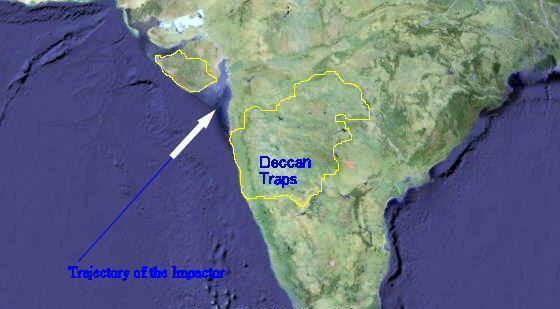 | ||
The Shiva Crater is a geologic structure, which is hypothesized by Sankar Chatterjee and colleagues to be a 500-km-diameter impact structure. This geologic structure consists of the Bombay High and Surat Depression. They lie beneath the Indian continental shelf and the Indian Ocean west of Mumbai, India. Chatterjee named this structure after Shiva, the Hindu god of destruction and renewal.
Contents
Arguments
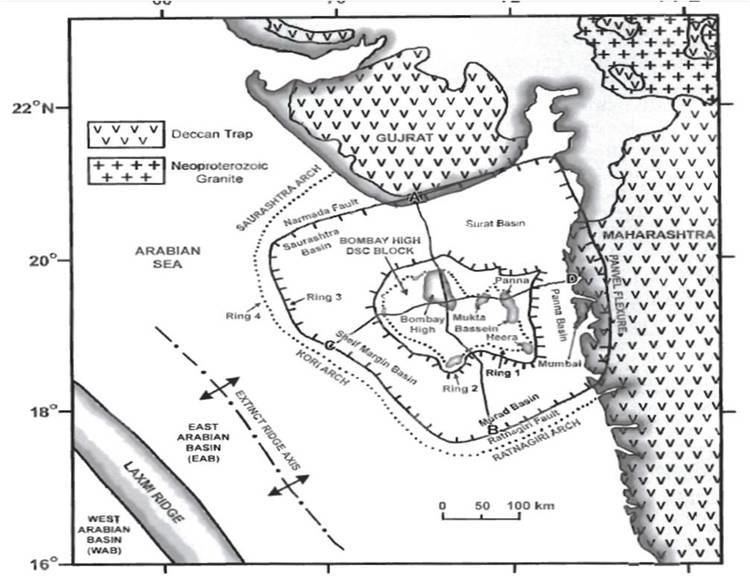
Chatterjee argues that the Shiva Crater was created around 66 million years ago, about the same time as a number of other impact craters and the Cretaceous–Paleogene extinction event (Cretaceous–Paleogene boundary / K-Pg boundary). Although the site has shifted since its formation because of sea floor spreading, the formation is approximately 600 kilometres (370 miles) long by 400 km (250 mi) wide. It is estimated that this proposed crater would have been made by an asteroid or comet approximately 40 km (25 mi) in diameter.
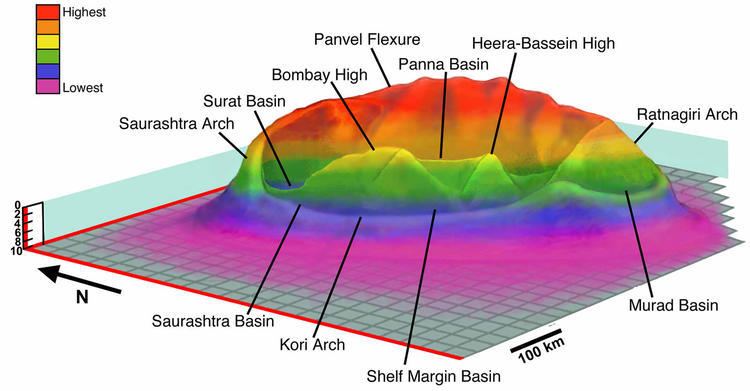
At the time of the Cretaceous–Paleogene extinction, India was located over the Réunion hotspot of the Indian Ocean. Hot material rising from the mantle flooded portions of India with a vast amount of lava, creating a plateau known as the Deccan Traps. It has been hypothesized that either the crater or the Deccan Traps associated with the area are the reason for the high level of oil and natural gas reserves in the region.
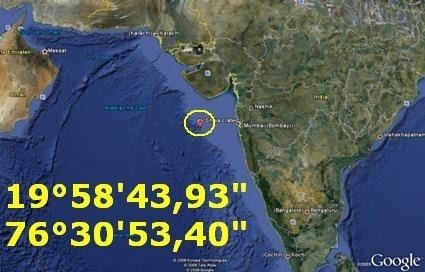
Earth scientists in general remain unconvinced that the "Shiva Crater" is indeed an impact crater. For example, Christian Koeberl, a professor of impact research and planetary geology at the University of Vienna, Austria, regards the Shiva Crater to be "a figment of imagination." Currently, it is not recognized as an impact crater by the Earth Impact Database of the Planetary and Space Science Centre at the University of New Brunswick, Canada.
Geology and morphology
Unlike typical known extraterrestrial impact structures, Shiva is teardrop shaped, roughly 600 km × 400 km (370 mi × 250 mi). It is also unusually rectangular. Chatterjee argues that the low angle of an impact combined with boundary fault lines and unstable rock led to this unusual formation. The crater also is reported to contain larger than average amounts of alkaline melt rocks, shocked quartz, and iron oxide laced with iridium. These types of rocks and features suggest an impact origin. The Age of the crater is inferred from the Deccan traps, which contain relatively high amounts of iridium (an element extremely rare in the Earth's crust but more common in asteroids).
Shiva and mass extinction
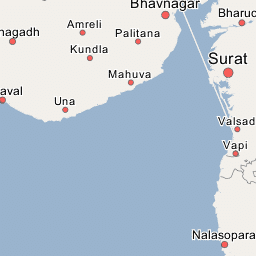
The proposed Shiva Crater and other possible impact craters along with the Chicxulub have led to the hypothesis that multiple impacts caused the massive extinction event at the end of the Cretaceous period. Chatterjee is confident that Shiva was one of many impacts, stating that "the K-T extinction was definitely a multiple-impact scenario." However, other scientists remain unconvinced that the extinction event was caused by multiple impacts, or that the Shiva feature is even in fact a crater. Other theories have argued that since the Chicxulub impact is believed by some researchers to have occurred earlier than the extinction of the dinosaurs, Shiva's impact was enough to cause the mass extinction by itself. Evidence published in a 2013 Science article by Paul R. Renne at the University of California at Berkeley suggests that the Mexican crater is in fact within the time frame of when the mass extinction occurred.
